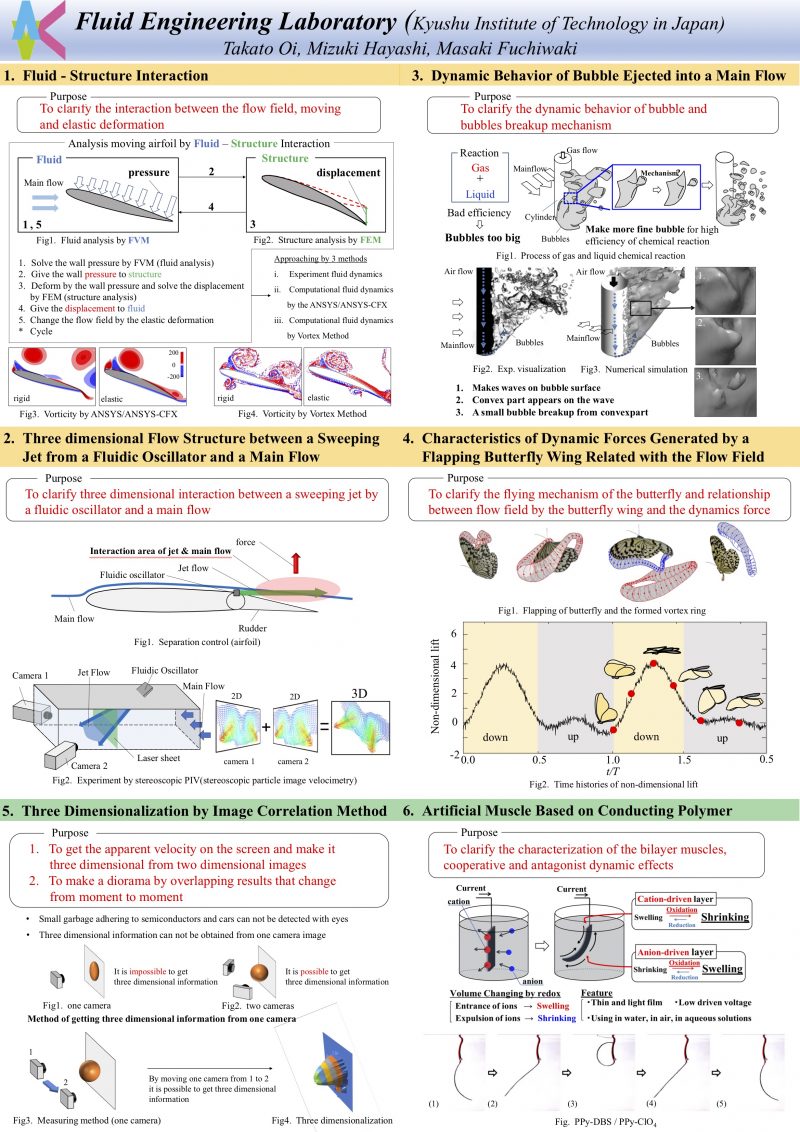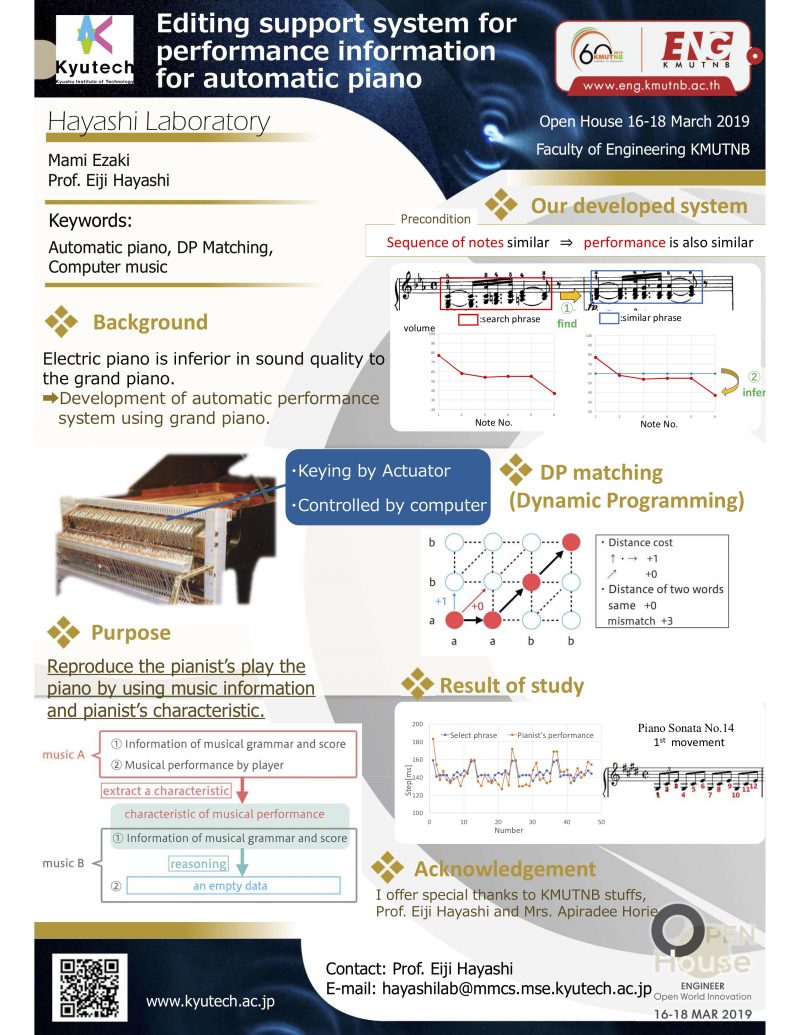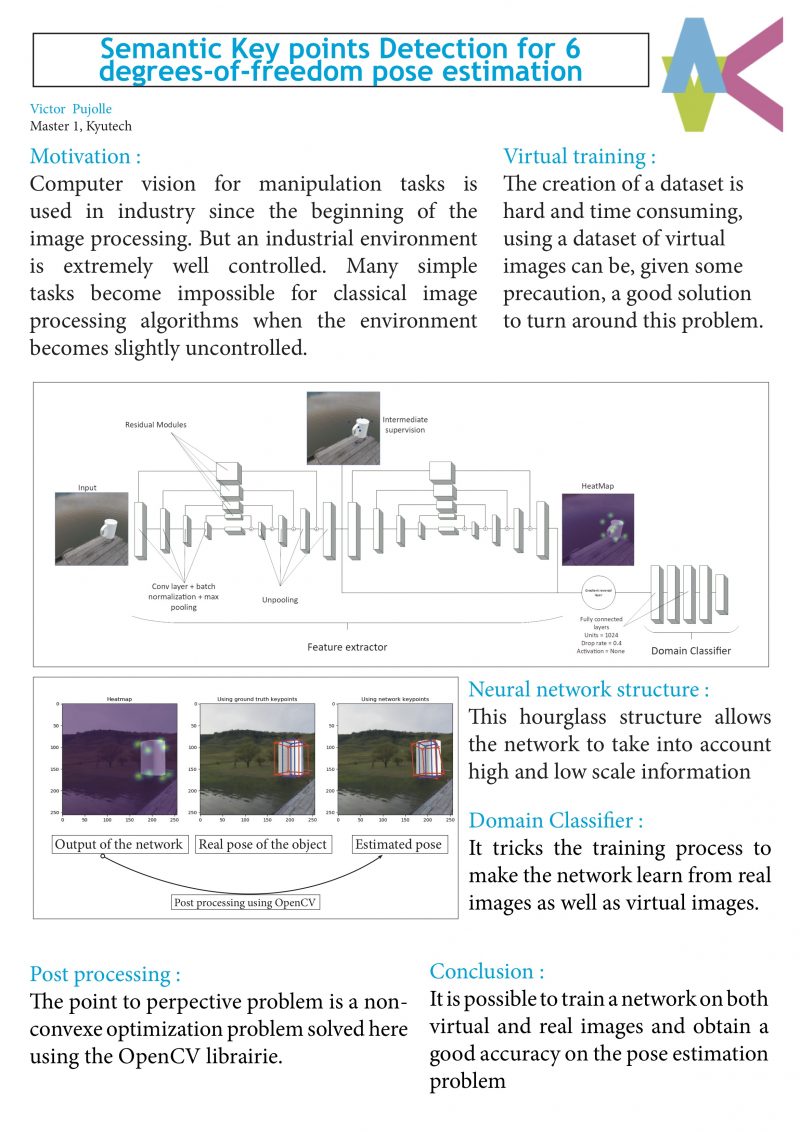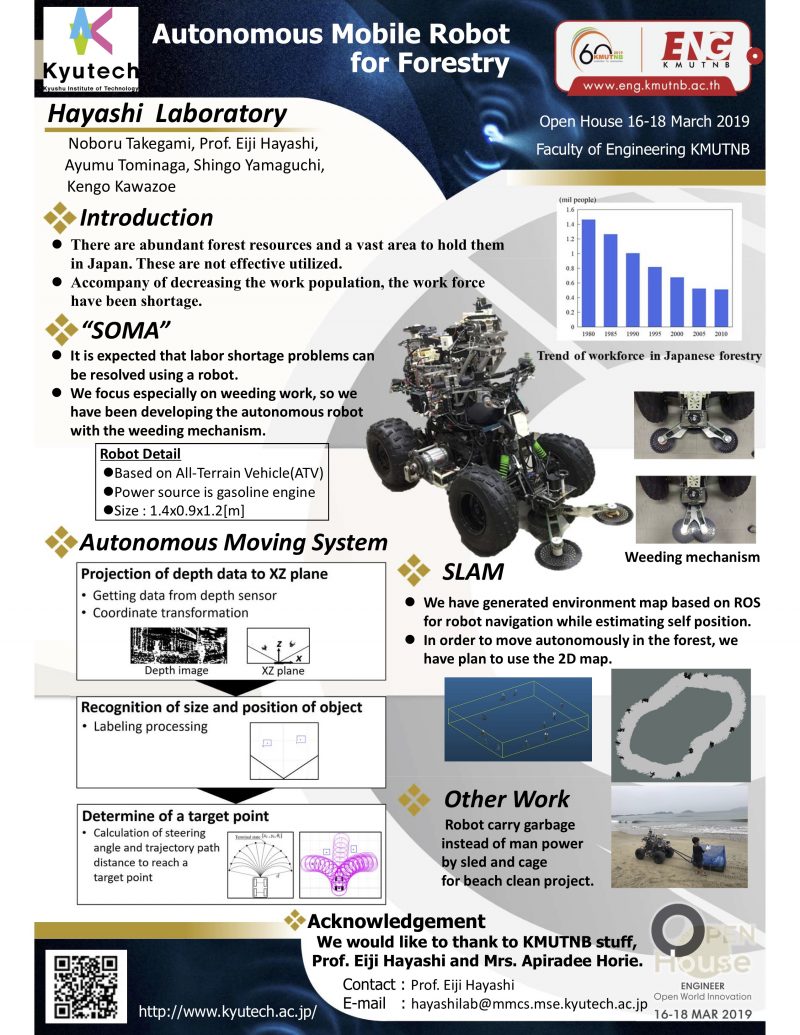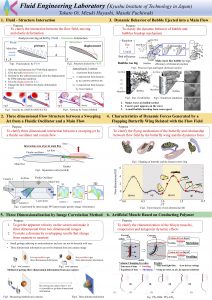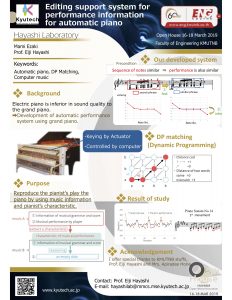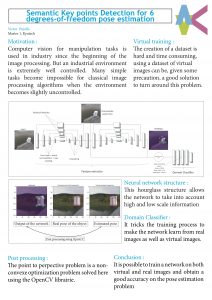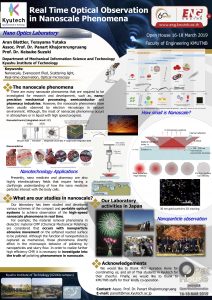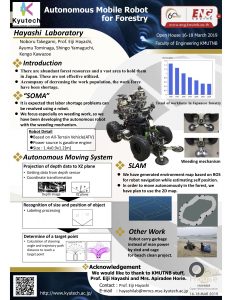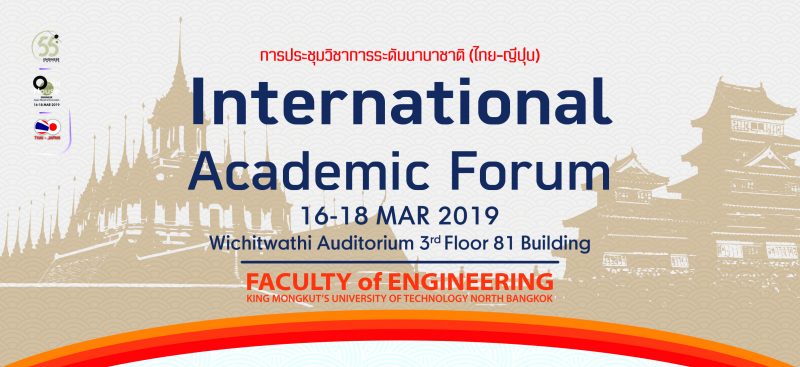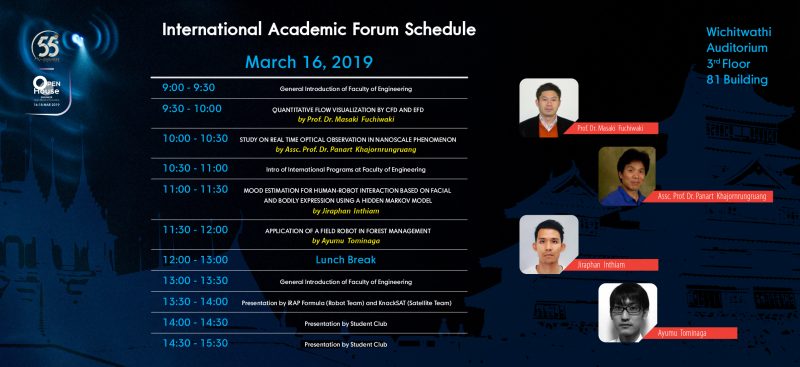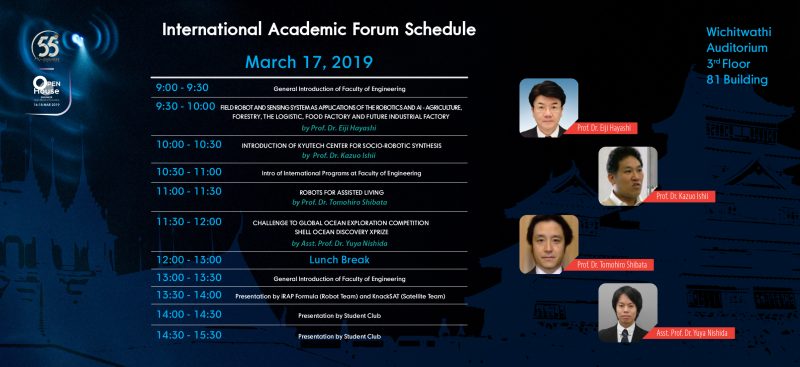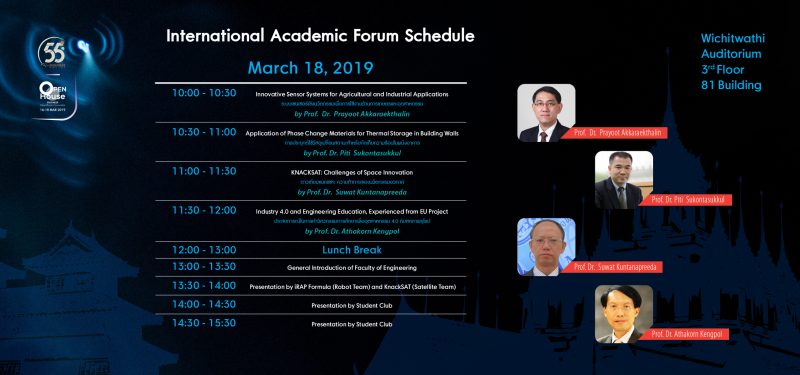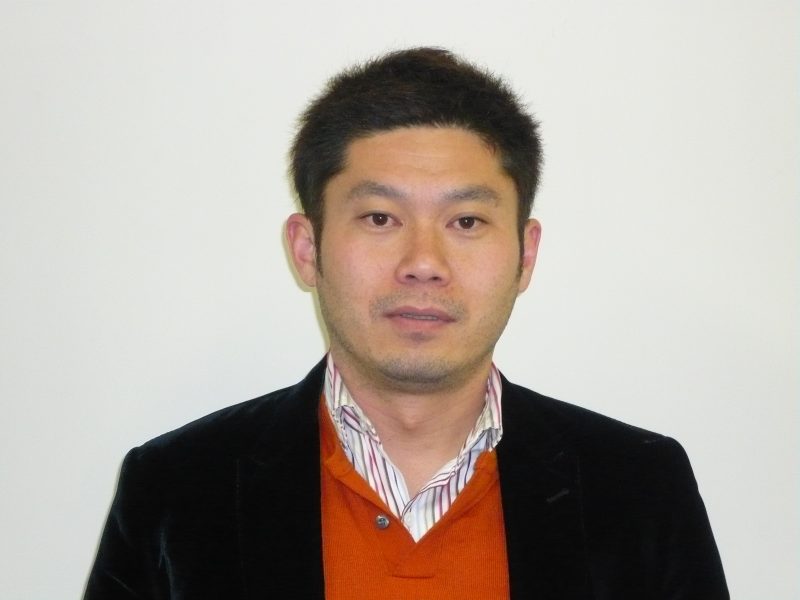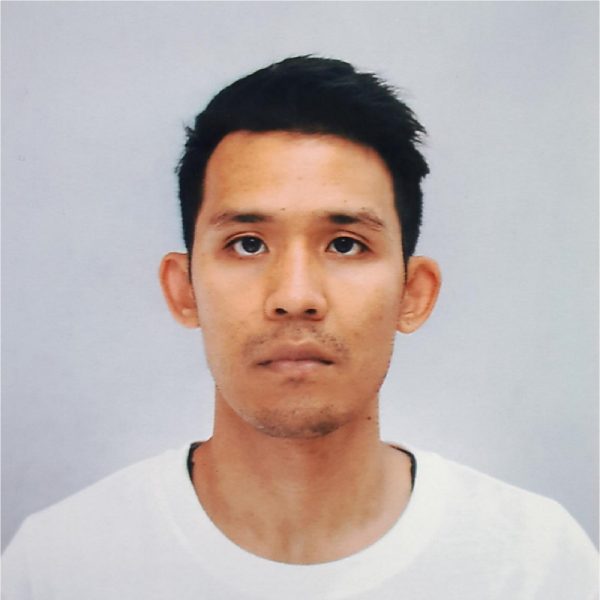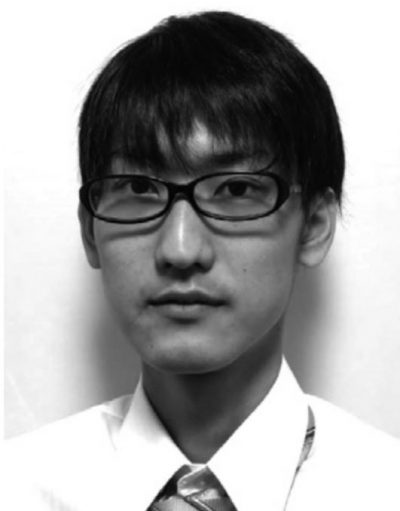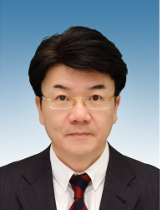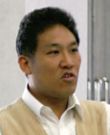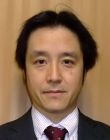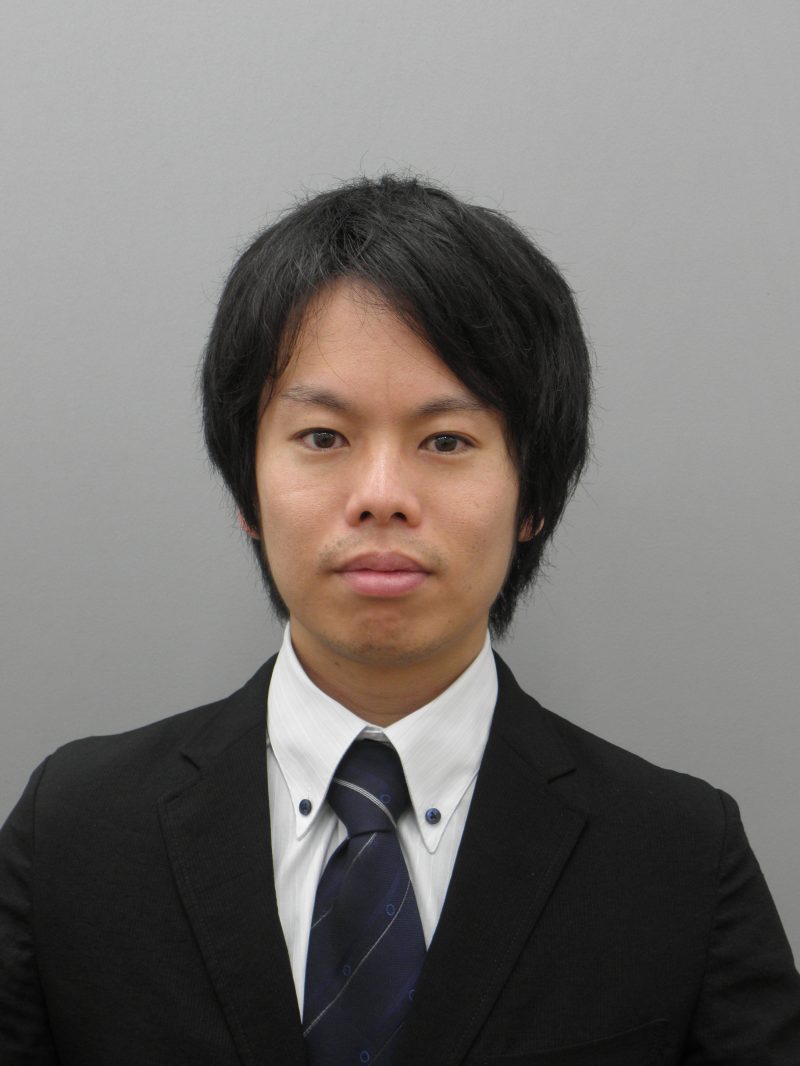✆ 02-555-2000 ext 8110, 8114, 8147 ✉ pr@eng.kmutnb.ac.th
- About
- Admission
- Academics
- แนะนำภาควิชาในคณะ
- English and International Programs
- CIEP
- Undergraduate Catalog: Program Educational Objectives (PEO) & Student Outcomes (SO)
- PEO & SO Department of Electrical and Computer Engineering (ECE)
- PEO & SO Industrial Engineering (Thai Program)
- PEO & SO Aerospace Engineering (Thai Program)
- PEO & SO Innovative Materials Engineering (International Program)
- PEO & SO Industrial Electrical and Energy Engineering (Thai Program)
- PEO & SO Chemical Engineering (Thai Program)
- PEO & SO Instrumentation System Engineering
- PEO & SO Aerospace Engineering (International Program)
- Toward ABET
- Computer Center(ศูนย์คอมฯ)
- Student Activity
- แบบฟอร์มคำร้องนักศึกษา (Student Form)
- คลังข้อสอบเก่า (Exam Collections)
- กองบริการการศึกษา(Academic Service)
- Faculty
- Research
- ข่าวสารงานวิจัยและบริการวิชาการ
- ทุนวิจัย
- ทุนสนับสนุนการจดสิทธิบัตรและอนุสิทธิบัตร
- ทุนสร้างสรรค์นวัตกรรม “โครงการต่อยอดผลงานปริญญานิพนธ์”
- ทุนวิจัยและทุนสนับสนุนนวัตกรรม
- ผลงานวิจัยและนวัตกรรม
- โครงงานสนับสนุนปริญญานิพนธ์ของนักศึกษาระดับปริญญาตรี
- ศูนย์วิจัย
- Robot Academy
- Center of Robotic Excellence (CoRE)
- Somchob Chaiyavej Lecture Series
- Alumni & Industries

